New galaxy candidates from a James Webb Space Telescope survey have astronomers shocked and thrilled.
New results show fully formed galaxies in the early Universe that could rewrite what we know about galaxies and black holes.
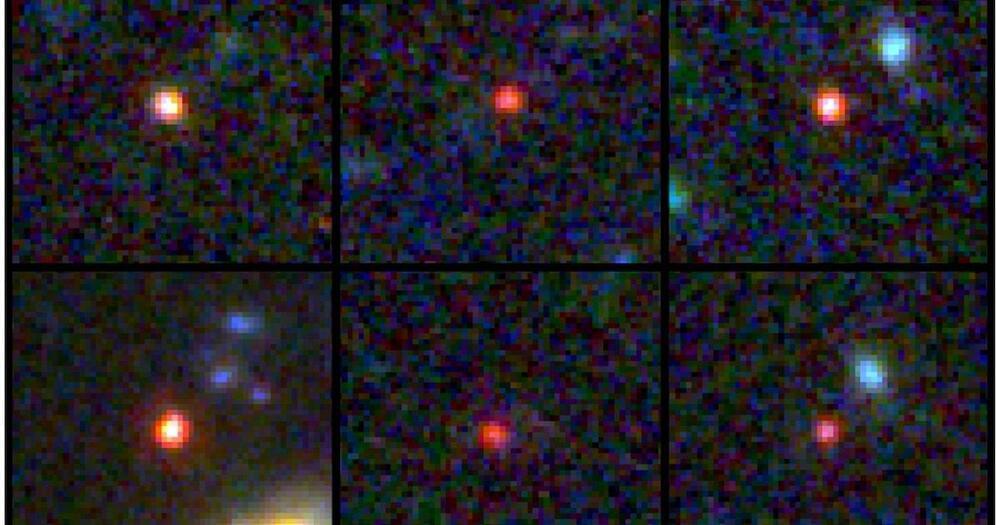
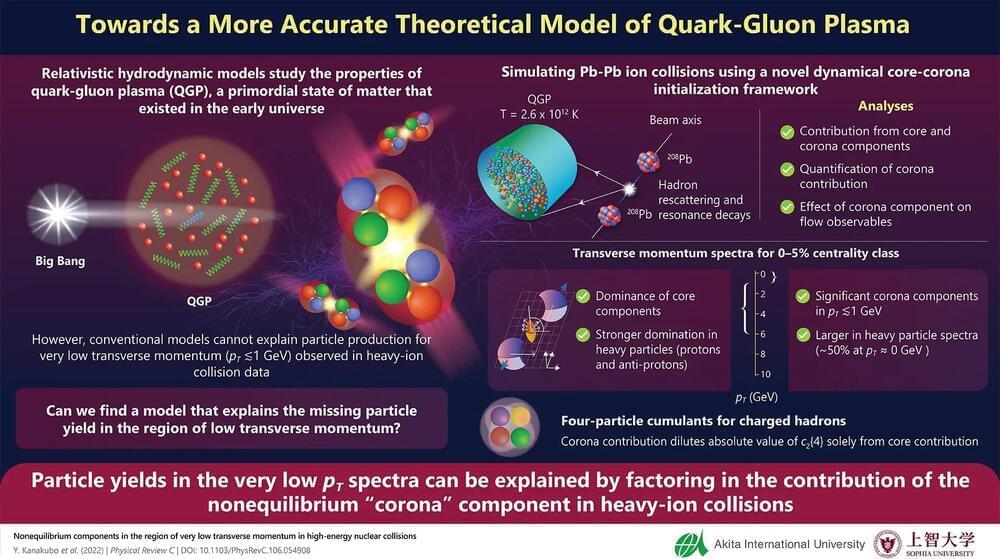
The properties of quark-gluon plasma (QGP), the primordial form of matter in the early universe, is conventionally described using relativistic hydrodynamical models. However, these models predict low particle yields in the low transverse momentum region, which is at odds with experimental data. To address this discrepancy, researchers from Japan now propose a novel framework based on a “core-corona” picture of QGP, which predicts that the corona component may contribute to the observed high particle yields.
Research in fundamental science has revealed the existence of quark-gluon plasma (QGP) – a newly identified state of matter – as the constituent of the early universe. Known to have existed a microsecond after the Big Bang, the QGP, essentially a soup of quarks and gluons, cooled down with time to form hadrons like protons and neutrons – the building blocks of all matter. One way to reproduce the extreme conditions prevailing when QGP existed is through relativistic heavy-ion collisions. In this regard, particle accelerator facilities like the Large Hadron Collider (LHC) and the Relativistic Heavy Ion Collider (RHIC) have furthered our understanding of QGP with experimental data pertaining to such collisions.
Meanwhile, theoretical physicists have employed multistage relativistic hydrodynamic models to explain the data, since the QGP behaves very much like a perfect fluid. However, there has been a serious lingering disagreement between these models and data in the region of low transverse momentum, where both the conventional and hybrid models have failed to explain the particle yields observed in the experiments.
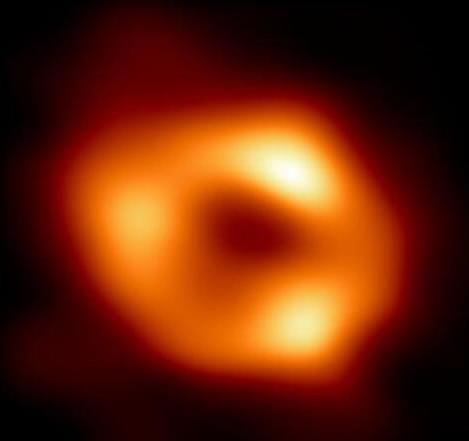
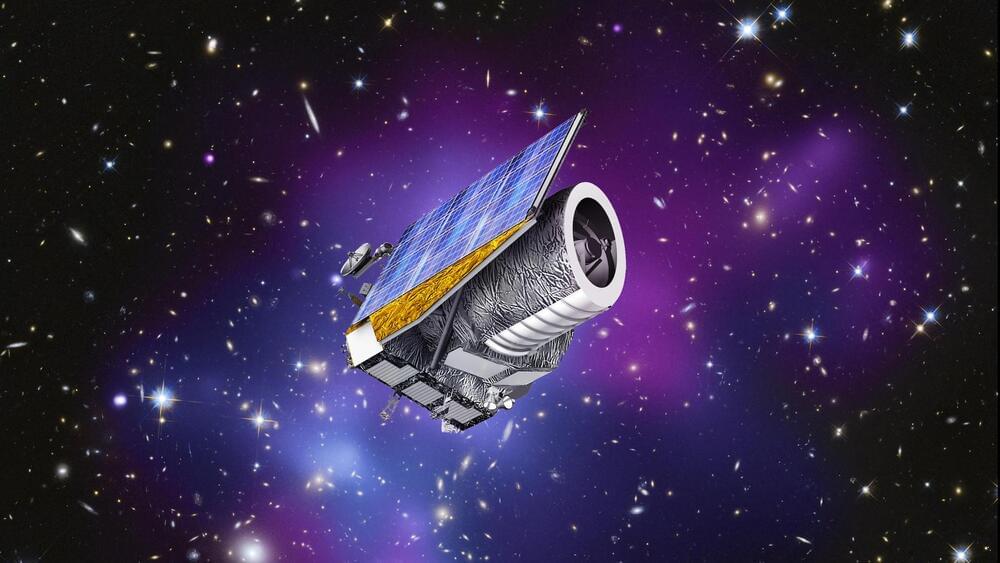
ESA’s Euclid project manager said it is a “cosmic embarrassment” that we do not know more about these mysterious forces.
The European Space Agency (ESA) will launch its Euclid space observatory in the coming months to investigate the mysterious cosmic phenomena known as dark matter and dark energy.
ESA plans to shed new light on dark energy and dark matter.
ESA / C. Carreau.
It will be the first space mission in history to exclusively search for the mysterious forces, which make up 95 percent of the universe.
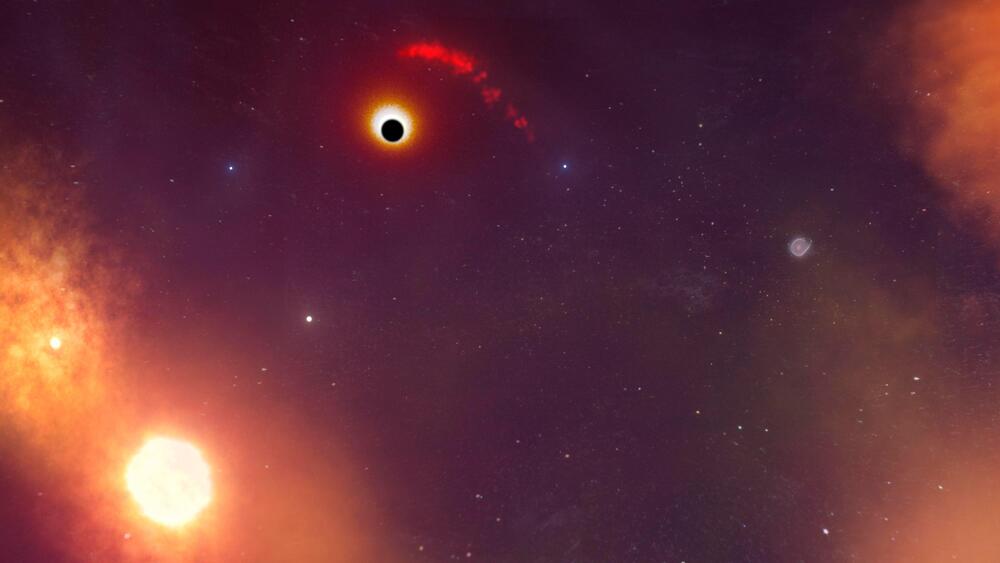
Black holes are so powerful that we’ve had to come up with new words to describe their awesome annihilation abilities. Objects that come in contact with the extreme gravitational pull of one of these voids are at risk of being simultaneously stretched and ripped apart, leaving elongated strands of matter that look something like spaghetti or a similar pasta.
Hence we say that black holes often “spaghettify” their meals before consuming them.
Astronomers from UCLA and the Keck Observatory in Hawaii have been watching an odd cloud getting pulled apart for the past few decades as it accelerates towards Sagittarius A (Sgr A), the supermassive black hole at the center of our Milky Way galaxy.
My 11th Ambient music video release for YT. An unofficial Soundtrack to the Sci Fi movie ‘2010: The Year we Make Contact’ (starring Roy Scheider & Helen Mirren). The movie was based on the Arthur C. Clarke novel, which was the sequel to 2001: A Space Odyssey. I went alot more in depth with the visuals on this one, recreating shots from the original movie, but with an extra dash of VFX that weren’t easy to pull off on a PC in 1986.
In upcoming video releases I will be doing a deep dive into the ambient multiverse, exploring various styles from Space Ambient to Dark Ambient to Cyberpunk to Sleep music to White Noise. My focus on this channel is to create relaxing cinematic ambient background music for chilling, focus, work and meditation. With the occasional eerie dark ambient tracks. The theme for my video backdrops is a rich fusion of derelict imagery, planets and moons.
Music & Animation by Duncan Brown.
Planet Maps by Robert Stein III (Pinterest)
I made this for you to Enjoy. Like. Share. Subscribe.
Audio Software:
Ableton Live.
Adobe Audition.
Vital.
SINE Player.
Video visuals created with:
How are you a conscious being?? Join us, and find out!
Subscribe for more ► https://wmojo.com/unveiled-subscribe.
In this video, Unveiled takes a closer look at human consciousness! It’s a topic that has intrigued and bemused scientists and philosophers for years… but are we FINALLY close to reaching an answer?? What is consciousness? Where is consciousness? And does it exist apart from our bodies??
This is Unveiled, giving you incredible answers to extraordinary questions!
Find more amazing videos for your curiosity here:
Parallel Universe Stories to Make You Question Reality — https://youtu.be/1QvShWXCHEQ
Did Scientists Just Discover a Theory of Everything? — https://youtu.be/nGUWJYVCsp4
0:00 Intro.
At present, scientists study gravitational fields passively. They observe and try to understand existing gravitational fields produced by large inertial masses such as stars or planets, without being able to change them, as with magnetic fields. It was this frustration that led Füzfa to attempt a revolutionary approach: creating gravitational fields at will from well-controlled magnetic fields and observing how these magnetic fields could bend space-time.
In his article, Füzfa has proposed, with supporting mathematical proof, a device with which to create detectable gravitational fields. This theoretical device is based on superconducting electromagnets and therefore relies on technologies routinely used, for example, at CERN or the ITER reactor.
https://phys.org/news/2016-01-paper-method-gravitational-fields.amp.
Ted Talk YouTube
Listen to the story told by André Fuzfa, the physicist with the radical.
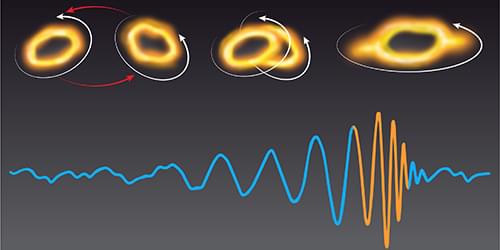
Simulations show that nonlinear spacetime dynamics manifest in the postmerger gravitational-wave signal of binary black hole coalescence.
“Spacetime tells matter how to move; matter tells spacetime how to curve.” This statement by physicist John Wheeler captures a defining feature of general relativity: its prediction of nonlinear spacetime dynamics. Such nonlinear evolution should be most evident in energetic spacetime events such as merging black holes, prompting the question of whether we can test for it using observations of gravitational waves emitted during such mergers. Two independent teams, led by Keefe Mitman at the California Institute of Technology [1] and Mark Ho-Yeuk Cheung at Johns Hopkins University in Maryland [2], show that this is the case. Using numerical simulations, they show the presence of nonlinearity in postmerger gravitational-wave signals.
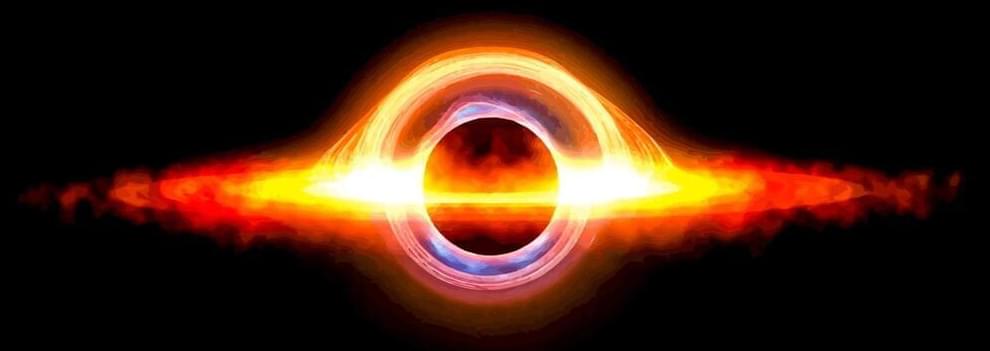
Astronomers detected a supermassive black hole only 750 million years after the Big Bang.
Astronomers discovered a rapidly growing black hole in one of the most extreme galaxies from the early universe. Scientists from the University of Texas and the University of Arizona detected the colossal giant using the Atacama Large Millimeter Array (ALMA) radio observatory in Chile.
Their observations shed new light on the formation of the earliest supermassive black holes and their role in early galaxies.
A supermassive black hole in an extremely active galaxy.
Paul Jansen/iStock.
Scientists from the University of Texas and the University of Arizona detected the colossal giant using the Atacama Large Millimeter Array (ALMA) radio observatory in Chile.